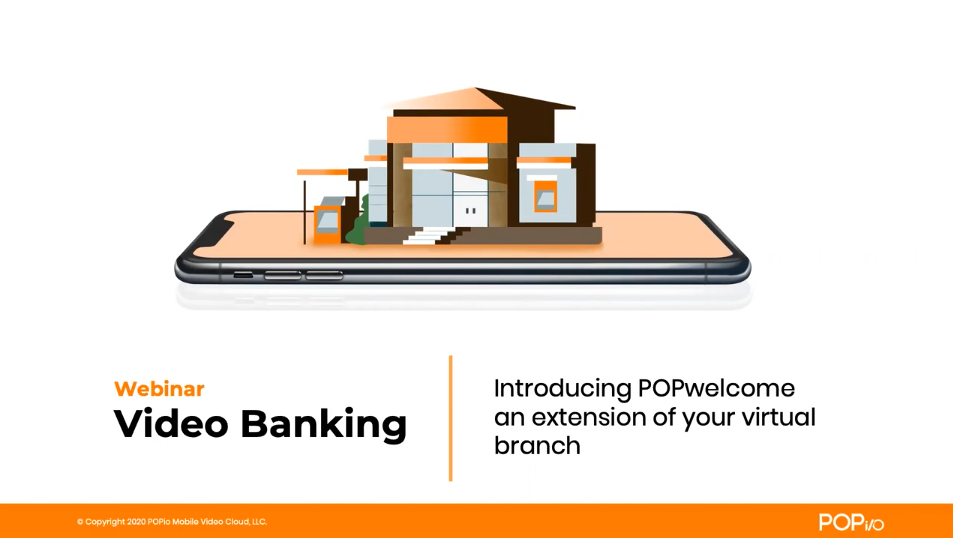
Financial institutions have had to pivot quickly this year when it comes to delivering products and services, launching new delivery channels adding to and modifying using existing ones. Even those banks and credit unions confident in their digital delivery strategies were caught off guard by the dual challenges of operating remotely and switching to entirely digital interactions.
Andy Crisenberry, SVP of eLending Solutions at real estate lending fintech Black Knight, said his firm scrambled to provide support for its remote online notarization product after COVID-19 shuttered its clients’ real estate lending offices.
“This is a great technology solution that really helps with the challenges of COVID-19, but unless your business is ready to deploy, use and support RON, you won’t be very successful,” Crisenberry told HousingWire.
All new technology produces unexpected friction. In a normal year, launches are carefully planned and include feedback that identifies friction. Yes, COVID-19 drastically increased the urgency with which firms needed to launch technology or find new ways to use existing technology. However, increasing consumer expectations for intuitive, real-time digital service had already been pushing CX modernization forward faster than expected in all sectors well in advance of the COVID-19 pandemic.
Take, for example, the $2.5 billion Educators Credit Union in Racine, Wis. Like many community FIs, Educators had already determined smaller branches, supported by video access to centralized product specialists, was the most effective strategy to serve its market. It planned an in-branch video banking launch offering auto lending, mortgage and investment services that included training, testing and weeding out of all known friction points. On March 5, the credit union excitedly opened its first modern branch featuring video banking.
Less than two weeks later, COVID-19 closed every branch lobby in the credit union’s network. Existing online and mobile banking products handled essential transactions well on a dime, but new service friction points quickly popped up, including a hasty transition for employees to work from home.
Around this time, POPi/o reached out to Educators and asked if they would like to launch video banking digitally, through the credit union’s website. Within days, the executive team approved the initiative.
While this decision seems like a no brainer, consider that it required Educators to execute a 180-degree shift in video banking strategy. Staffing and workflows had to shift; the technology would now be used to provide branch services like cashless transactions and new accounts, not specialized lending and investments. Second, staff would have to be trained remotely and access new technology from their homes. Third, because Coronavirus had blocked access to lobby branch service, time was of the essence.
The solution to this challenge was a balance of speed and CX in the form of a measured, step-by-step rollout. To begin, Educators reviewed what it did know: how to train employees on using the technology and how to provide effective service on camera. It also had staff with video experience in its existing interactive teller machine service department, a valuable resource for the video skill set.
Within 60 days, the credit union had a team trained, staged, connected and ready to serve members via video banking. Educators was ready for the next step, a soft launch. On May 19, WeCU video banking branch was open for business. The launch was purposely limited, offering video banking via a widget button on the credit union’s website only a couple of days a week. Because there was no advertising, adoption numbers were small; on the first day, only 16 video calls were completed. However, this soft launch allowed the credit union to collect ample feedback from members and employees, and then take the time to address friction before taking the next step.
After one week, WeCU was promoted on the credit union’s website and social media accounts. Traffic climbed quickly and by the end of May, in just four total days of service, Educators had completed 193 video sessions.
Feedback and adjustments weren’t just limited to friction. From the first day, members raved about being able to see credit union employees face-to-face while in lockdown. Educators capitalized on the benefit of personalization and added the video banking representative’s branch location or department to the welcome screen.
Step by step, Educators collected feedback, made adjustments, increased service hours and carefully managed channel growth. Changes during the summer included increasing service hours to Monday through Saturday, providing staff with professional lighting, staging, and more on-camera training.
Educators launched its mobile app on August 12. After a couple of weeks to work out any bugs, a marketing campaign followed. By the end of October, ECU handled 5,278 sessions.
What began as an operational pivot during the Coronavirus pandemic has developed into a popular service delivery channel that members will continue utilizing after branches resume regular service. ECU didn’t change its original video banking strategy; it expanded it. The credit union will continue to offer video banking through digital channels, while also executing its original plan to provide specialized lending and investment services in branch from centrally located staff.
The future still isn’t clear when it comes to how COVID-19 has permanently changed consumer habits, but ECU has all its delivery bases covered with the ability to provide a branch experience in person or digitally through a virtual branch. This allows the credit union to focus on the future instead of worrying about it. ECU can instead focus on enhancing video banking to improve CX and achieve new member and loan growth goals.
Like other financial institutions, the Coronavirus shutdown turned ECU’s service delivery strategy on its head. Despite the urgency of the situation, credit union leaders calmly rolled out video banking using a carefully measured approach. The result was a new delivery channel that will pay dividends for ECU and its members long after its branch network reopens.
Interested in a deeper dive into Educators’ remarkable business pivot? Click here to download ECU’s case study and learn more about the unique way POPi/o approaches your growth and service goals.
To learn how POPi/o Video Banking can help your financial institutions maintain relevance and personal service, request a FREE demo.




 InRoads LIVE Manager Kim Preston said response to the new video-branching normal has been very well received, even by members who previously rejected digital delivery. She recalled one grandmother and grandson duo who used video banking to open the boy’s first account. The young saver didn’t appear to be thrilled about his first credit union experience until the video representative appeared on the screen. “I can’t believe this, Grandma! Wells Fargo has nothing like this,” the boy exclaimed. And just like that, InRoads Credit Union gained Gen Z relevance.
InRoads LIVE Manager Kim Preston said response to the new video-branching normal has been very well received, even by members who previously rejected digital delivery. She recalled one grandmother and grandson duo who used video banking to open the boy’s first account. The young saver didn’t appear to be thrilled about his first credit union experience until the video representative appeared on the screen. “I can’t believe this, Grandma! Wells Fargo has nothing like this,” the boy exclaimed. And just like that, InRoads Credit Union gained Gen Z relevance.






